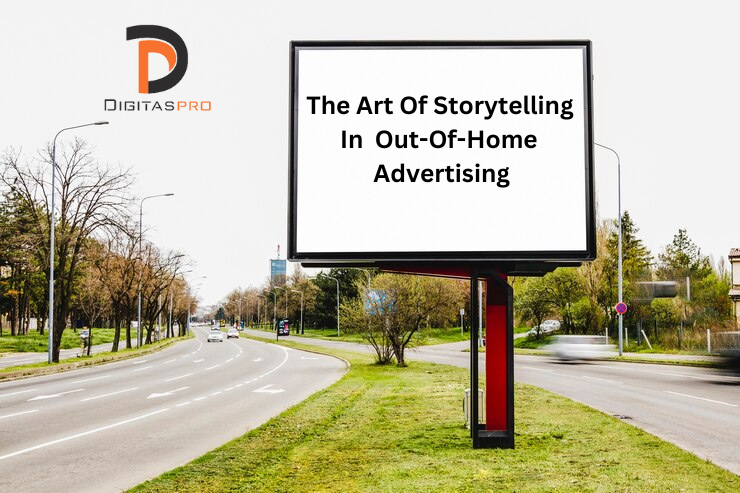In the bustling world of out-of-home (OOH) advertising, where fleeting glances and fleeting moments dominate, the art of storytelling stands as a beacon of captivation and connection. It’s the ability to weave narratives that transcend mere product promotion, transforming billboards, bus shelters, and even digital screens into captivating canvases that linger in the minds of passersby.
Storytelling in OOH advertising isn’t about bombarding audiences with lengthy narratives; it’s about capturing their attention with concise, impactful messages that evoke emotions, spark curiosity, and leave a lasting impression. It’s about understanding the audience’s journey, their aspirations, and their pain points, and crafting stories that resonate with their experiences.
Here’s how storytelling elevates OOH advertising to new heights:
- Emotional Resonance: OOH advertising often encounters fleeting moments of exposure, making it crucial to connect with audiences on an emotional level. Storytelling provides the tools to do so, tapping into universal human emotions like joy, surprise, and empathy.
- Memorability: In a sea of visual distractions, storytelling cuts through the clutter and creates memorable experiences. A well-crafted story lingers in the mind long after the ad is out of sight, increasing brand recall and recognition.
- Brand Identity: Storytelling allows brands to infuse their personality and values into their OOH campaigns, shaping their identity and establishing a deeper connection with their target audience. Consistent storytelling reinforces brand recognition and fosters loyalty.
- Engagement: Storytelling sparks curiosity and invites audiences to engage with the brand. Whether it’s a QR code leading to a captivating experience or an interactive element that encourages participation, storytelling transforms passive viewing into active engagement.
- Social Currency: When storytelling ignites conversations and shares, it becomes a form of social currency. People become brand advocates, sharing their experiences and spreading the brand’s message organically.
To master the art of storytelling in OOH advertising, consider these key elements:
- Know Your Audience: Deeply understand your target audience’s demographics, interests, and pain points. Tailor your story to resonate with their emotions and aspirations.
- Define Your Brand’s Essence: Align your story with your brand’s core values, mission, and personality. Consistent storytelling strengthens brand identity and recognition.
- Craft a Compelling Narrative: Every great story has a captivating hook, conflict, resolution, and emotional arc. Capture attention with simplicity and intrigue, leaving audiences wanting more.
- Embrace Visual Storytelling: OOH advertising is a visual medium. Use powerful imagery, graphics, and motion to complement your narrative and enhance its impact.
- Keep it Concise: OOH encounters are brief. Focus on delivering your message in a clear, impactful, and memorable way.
- Consider Context: Tailor your story to the specific OOH environment. Whether it’s a busy intersection or a serene park, consider the context to ensure your message resonates effectively.
- Measure and Adapt: Track the effectiveness of your storytelling campaigns. Analyze audience engagement, brand recall, and sales conversions to refine your approach.
Storytelling in OOH advertising is more than just crafting a catchy tagline or showcasing a beautiful image. It’s about creating a connection that transcends the physical medium, leaving a lasting impression and shaping brand perception. By harnessing the power of storytelling, OOH advertising can transform from a fleeting encounter to an unforgettable experience.


